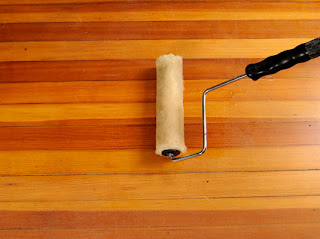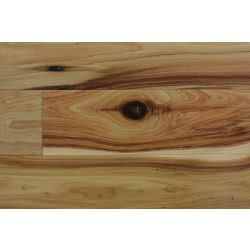Purchasing hardwood flooring can be the first step toward bringing a whole new look and feel to your home. That said, you’ll want to choose hardwood flooring that meets your needs — there’s a bit more to the process than just calling up a wholesale hardwood flooring company and saying, “One, please!” Here are a few tips to help you make the right choice:
1. Understanding texture.
You can choose hardwood flooring with a glassy-smooth finish, a more textured brushed look, or a deeply grooved hand-scraped look. The smooth finish gives an elegant, formal look, while the more textured varieties give a rustic feel that also helps hide day-to-day dings and scrapes.
2. Master the cut.
Not only are there different species of hardwoods you can choose, within each species there are different ways of
cutting the planks relative to the wood’s grain. Flatsawn, riftsawn, and quartersawn planks will all reveal the wood’s grain in different ways, so be sure to see all available products within a species before making a final decision.
3. The subtleties of plank width.
You might think that the width of each individual plank wouldn’t make a difference, but there’s a reason wholesale hardwood flooring distributors stock their planks in differing widths. Most designers agree that narrower planks convey a more formal feel, while wide ones give a more down-home effect.
4. Thickness matters.
The thickness of your hardwood flooring boards might seem like it shouldn’t matter much at all — after all, you can only see the top surface once it’s installed! However, thickness makes a difference when it comes time to refinish your floor — thicker planks can take more sandings. If you ever sell, potential buyers will want to know how much hardwood flooring they’ve got left to work with.
5. The ranging of color.
You can’t reach a reliable understanding of what the installed floor will look like based on a one-board sample. All species vary in color from plank to plank, and some vary quite considerably! When purchasing hardwood flooring, make sure you understand the full color range for whatever product you choose.
Contact Wood Monsters today to talk with our hardwood flooring professionals about choosing the perfect flooring for your specific needs. We look forward to hearing from you!










